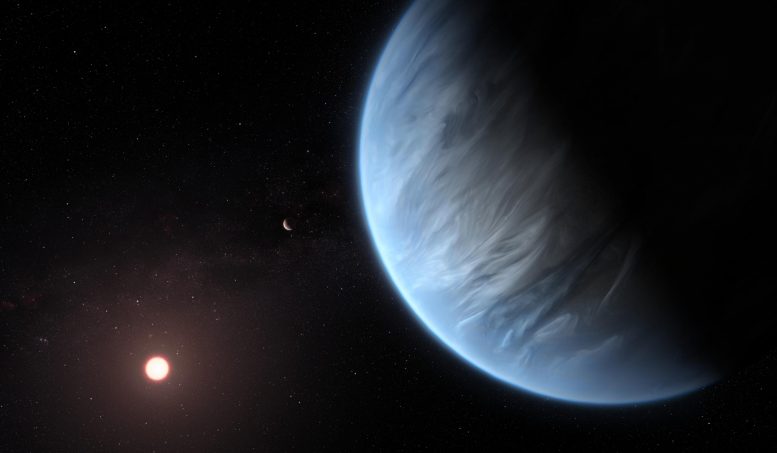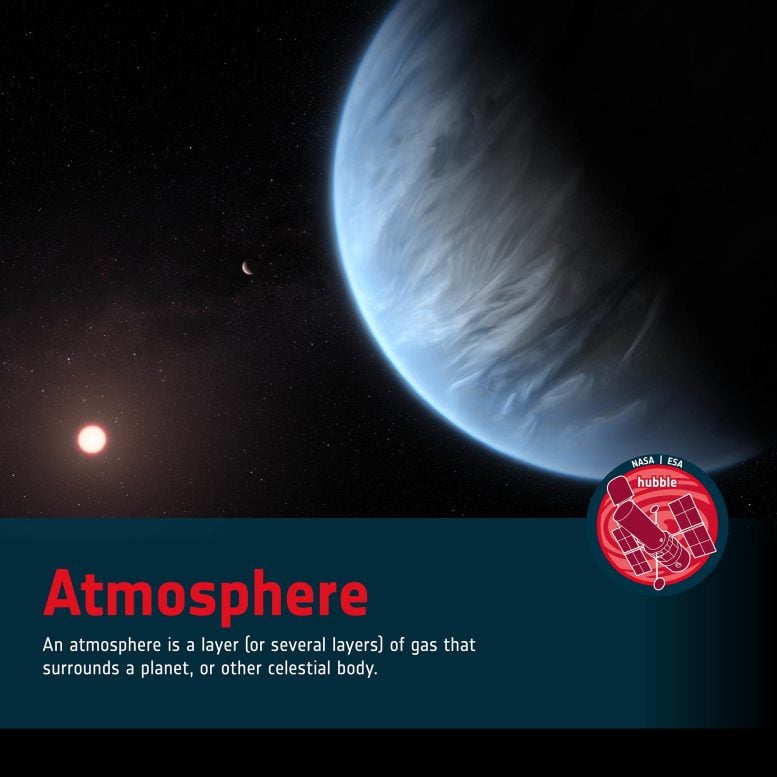
What Is an Atmosphere?
An atmosphere is a layer (or several layers) of gas that surrounds a planet, or other celestial body.
If a celestial body is surrounded by a layer, or several layers, of gas, then it is said to have an atmosphere. Atmospheres are typically associated with planets and stars, although other celestial bodies can have them as well, such as comets, which have temporary atmospheres. An atmosphere can be acquired in different ways: it can be accreted onto a celestial body by gravitational attraction, or it can be released from a celestial body itself in a process referred to as outgassing. Whether or not a celestial body retains its atmosphere depends on the body’s mass and the temperature of the atmosphere. Generally speaking, the more mass the body has, and the cooler the atmosphere, the better chance it has of hanging onto its atmosphere. For example, a planet that is in close proximity to a star, and which therefore receives a lot of energy, might end up being stripped of its atmosphere — as happened to Mercury in our own Solar System.
An atmosphere is a layer (or several layers) of gas that surrounds a planet, or other celestial body. Credit: NASA & ESA
While not one of its original science goals, Hubble has also made a name for itself as an explorer of exoplanets — planets orbiting stars outside the Solar System — in particular by studying their atmospheres. The chemical makeup of a planet’s atmosphere leaves a unique fingerprint on the starlight that passes through it. You can learn more about how Hubble studies the atmospheres of exoplanets in this video.
Hubble made the first detection ever of an organic molecule in the atmosphere of an exoplanet in 2008. Hubble found the tell-tale signature of the molecule methane in the atmosphere of the Jupiter-sized extrasolar planet HD 189733b. Under the right circumstances methane can play a key role in prebiotic chemistry — the chemical reactions considered necessary to form life as we know it. Although methane had been detected on most of the planets in our Solar System, this was the first detection of any organic molecule on a world orbiting another star. This breakthrough was an important step towards one day identifying signs of life on a planet outside our Solar System.

In 2016 Hubble analyzed for the first time the dry atmosphere of a super-Earth, 40 light-years away. Using Hubble’s data and new analysis techniques, the exoplanet 55 Cancri e was shown to have a dry atmosphere without any indication of water vapor. The discovery indicated that the atmosphere consists mainly of hydrogen and helium.
In 2019, in an exciting discovery, Hubble data were used to detect water vapor in the atmosphere of a super-Earth within the habitable zone. K2-18b is eight times the mass of Earth and at the time of its discovery was the only exoplanet known to have both water and temperatures that could support life.
In 2021, used archival datasets from the Hubble Space Telescope to reveal the first evidence for water vapor in the atmosphere of Jupiter’s moon Ganymede, the result of the thermal escape of water vapor from the moon’s icy surface.